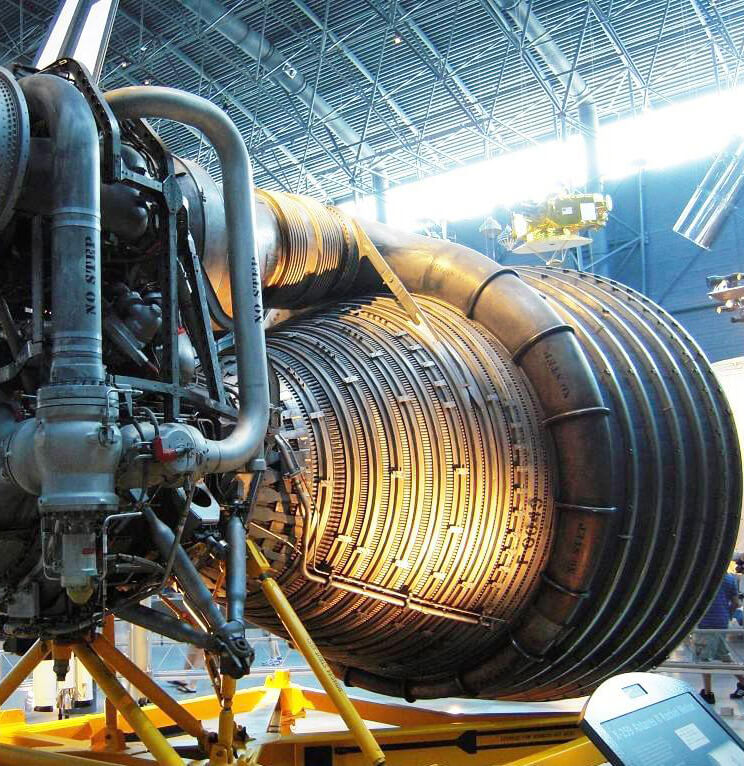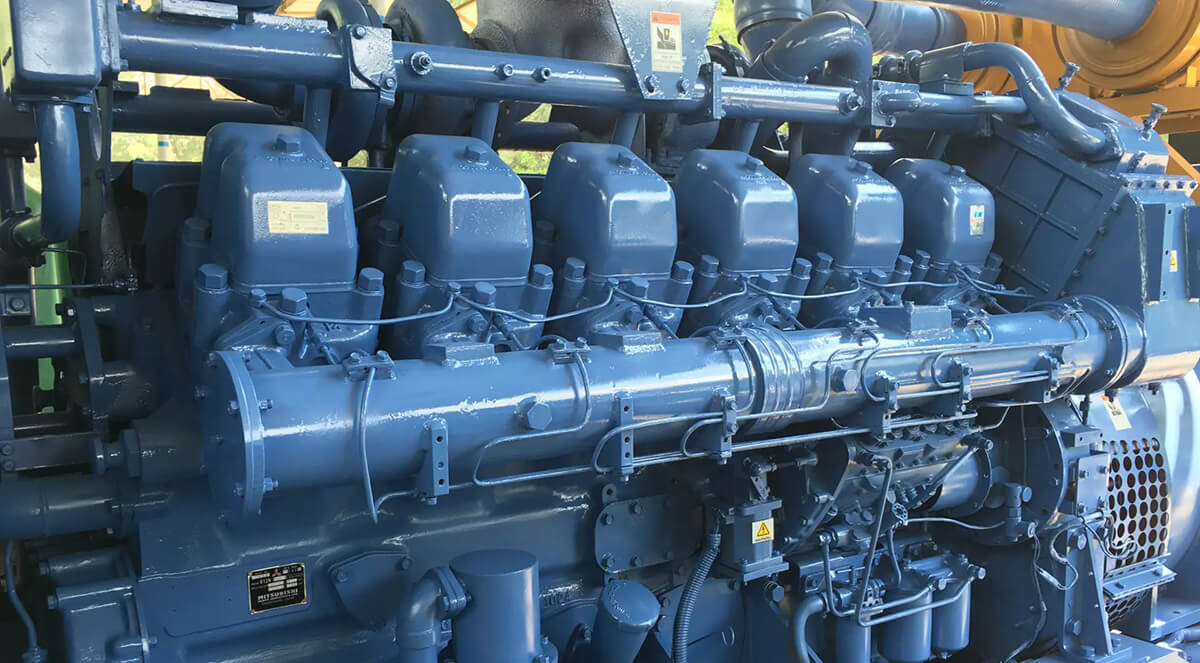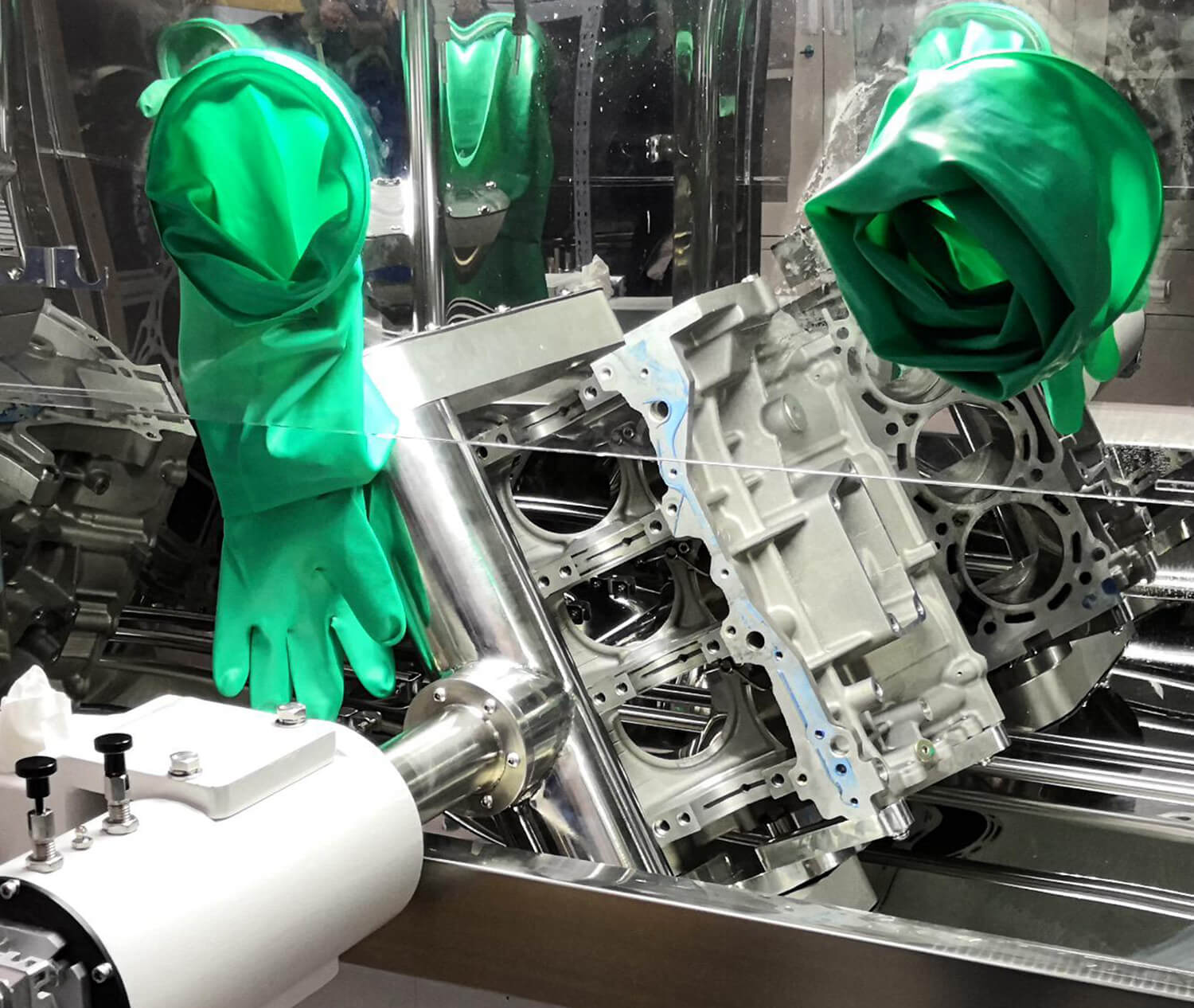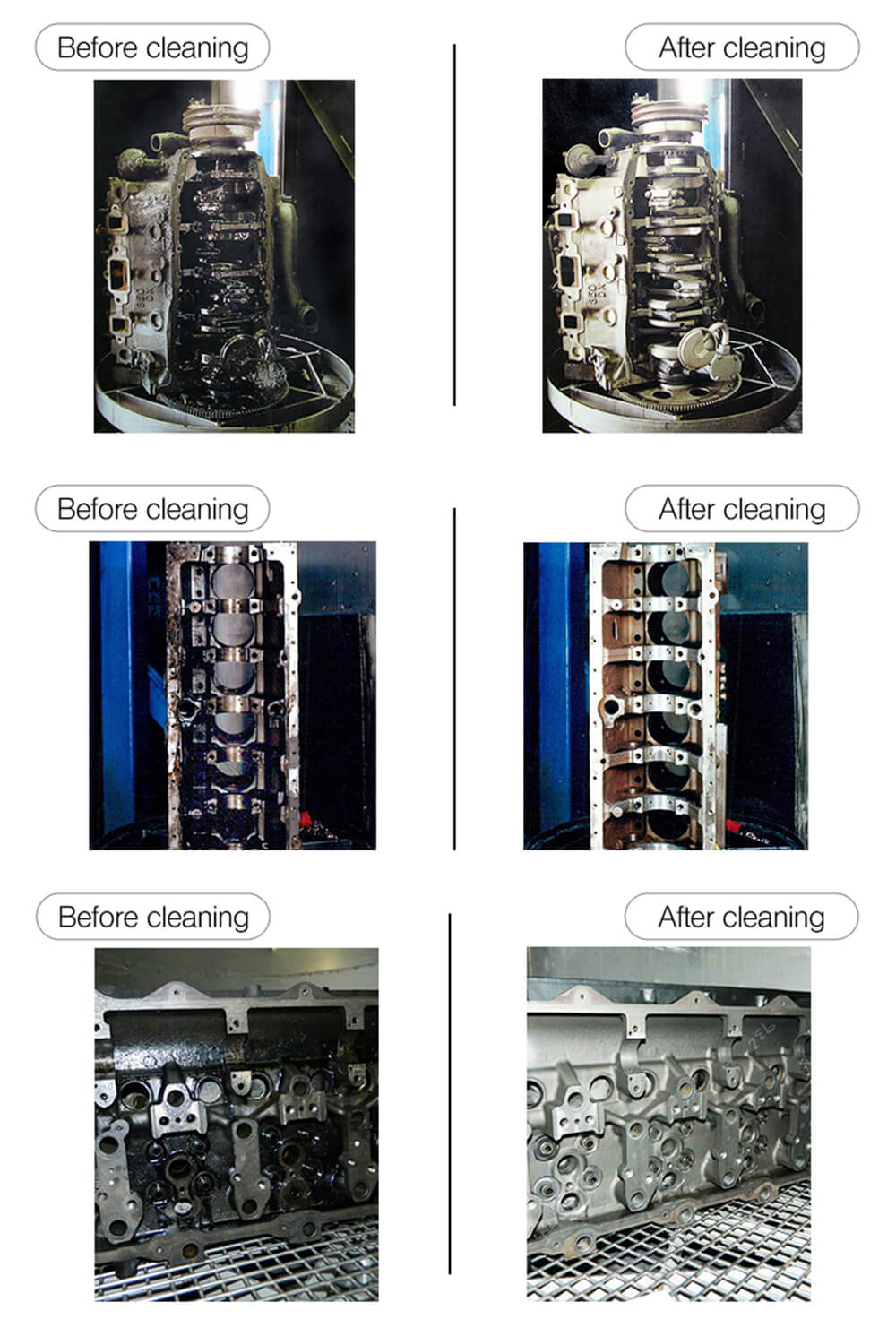Ultrasonic Cleaning for Aerospace
The Role of Ultrasonic Cleaner in Aerospace


Utilizing Ultrasonic Cleaner to Clean Aerospace Components
It is very difficult to clean the aerospace components. Including the carbon deposition and dirt that are hard to remove, and many components have complex structures. All these factors make it become challengeable to clean the aerospace components.
In recent years, a series of cleanliness controlling standards for aerospace engine components were released by the China aerospace, mainly including Cleanliness Level of Aerospace Engine Components, Cleanliness Control Requirements for Aerospace Engine Components, Cleanliness Control Process Requirements for Aerospace Engine Components, Particulate Pollutant Extraction Method, Particulate Pollutant Detection Method and other standards, promoting the brand-new phase from fluid cleanliness control to component cleanliness control of China aerospace engine research and development, the compilation and publication of cleanliness control series standards have proposed demand for the cleaning technology breakthrough, which also enhancing the development of cleaning technology, many leading cleaning technologies and innovation cleaning devices have appeared, such as the ultrasonic cleaning.
The components for planes and rockets need to be cleaned strictly and regularly, so as to help assure the normal operation of components. Except for the safety problems, the regular cleaning and maintenance can also extend the life of aerospace accessories, reducing the costs!
Utilizing the Ultrasonic Cleaning System in Aerospace Fabrication and Application
The gasoline or alcohol are generally applied as the medium in aerospace industries for conducting the manual cleaning of components previously, with high cleaning costs, high energy consumption, low efficiency and pollution problems, in the meantime, the cleanliness control requirements of new type materials can not be met, at present, this traditional cleaning method has been abandoned gradually. For now, many manufacturers have applied the ultrasonic cleaning technology for replacing the traditional ones gradually, utilizing the safe and environment-friendly solvents the cleaning medium, integrating various cleaning technologies in the ultrasonic cleaning devices, realizing the cleaning requirements for high cleanliness.




The Working Principle of Ultrasonic Cleaning System
The ultrasonic cleaning system is composed of ultrasonic generator, transducer and cleaning troughs. The ultrasonic generate will produce high-frequency electric signals, the transducer located in cleaning trough can change it into the ultrasonic in clean-out fluid by high-frequency vibration. Ultrasonic is the sound wave with frequency above 20KHz, its diffusion in fluid can produce cavitation effect, that is to produce thousands of cavitation bubbles, these bubbles can increase quickly and explode, the impact wave launched can produce thousands of air pressure around, conducting repeatedly impact on the dirt layers, damaging the dirt and the attachment on the surface of objects to be cleaned, making the dirt divorced from the surface of objects to be cleaned can be distributed in the clean-out fluid. The ultrasonic cavitation will also produce high-speed micro jet flow on the surface of solid and fluid, which can remove or weakening the edge dirt layer, increasing the mixing effect, accelerating the dissolution of soluble dirt, strengthening the cleaning effect of chemical detergent.
This process is quick, which can clean the cracks, pipelines, holds and other unreachable corners thoroughly. The cleaning fluid can be the clean water, warm clean-out fluid can be added for increasing the cleaning performance. When cleaning the heavy grease dirt or the similar thermosensitive materials, the fluid can be heated for softening the dirt, so as to realize fast cleaning.
The Advantages for Ultrasonic Cleaning
Compared with the traditional cleaning method, the ultrasonic cleaning can make the aerospace satisfy the cleaning requirements with lower costs more quickly. Compared with the mechanical or manual washing, ultrasonic cleaning has less costs, and can remove the contaminants thoroughly. With less time needed for cleaning and drying. Except for the storage, treatment and deposition cost for toxic chemicals, ultrasonic cleaning will only use the warm clean-out fluid, which will do no harm for workers.
Except for the quicker cleaning and reduced costs, the ultrasonic cleaning system can provide better cleaning performance. The relatively low frequency is accompanied by stronger impact force, thus producing stronger cleaning effect, the relatively high frequency can produce less impact and warmer cleaning. The customers can adjust the cleaning performance by selecting the ultrasonic frequency, generally speaking, the refined components need the high-frequency from 68 to 200 Khz for cleaning, while the large scale components with heavy grease oil should be equipped with relatively low frequency from 20 to 40 Khz.
Compared with the traditional cleaning technology, the ultrasonic cleaning technology can be regarded as a new type cleaning technique, which is suitable for the cleaning of most aerospace product components. The ultrasonic cleaning is not restricted to the shapes of components, it can clean the various kinds components with micro-holes, blind holes, apertures and so on, possessing the advantages of high cleanliness, quicker speed, and low cost. As the constant improvements for aerospace materials, the coating layers and plating layers for material preservation are making innovations constantly, the ultrasonic cleaning technology can be extensively applied in aerospace industries extensively in the future.
The Ultrasonic is Suitable for the Cleaning of Various Aerospace Industrial Accessories
The ultrasonic cleaning can be applied for the aerospace industrial components: Removing abrasion and polishing scraps, moulding sand and dust; Eliminating grease, cooling agent, polishing paste/wax, and abrasion paste/wax; Removing rags; Eliminating carbon deposition and so on.

